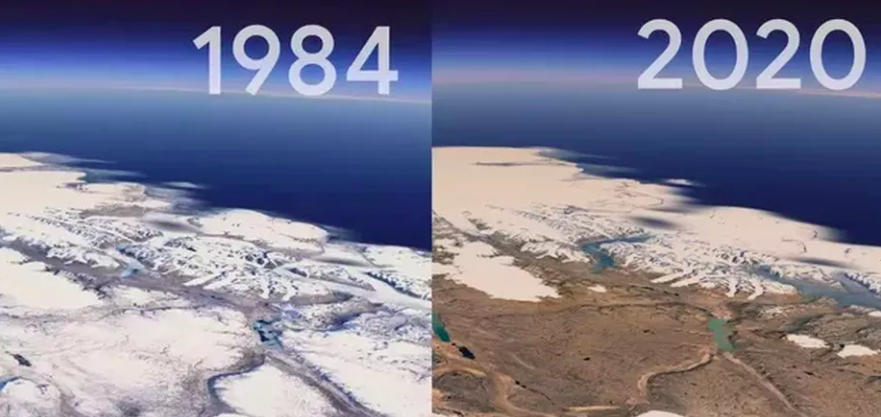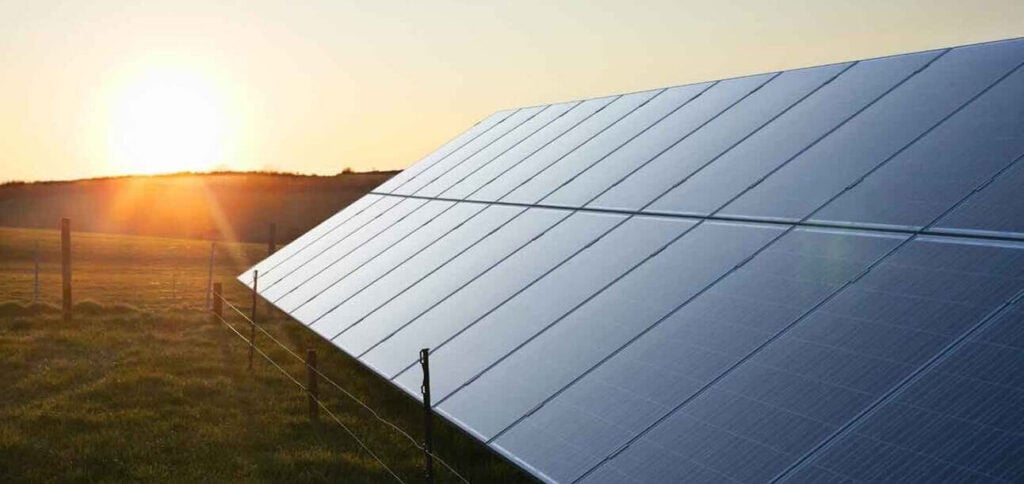But climate models have so far underestimated its contribution to climate change. rising ocean levels, considering only the increase in terrestrial temperatures and ignoring the interactions between the atmosphere, oceans, ice sheets and some glaciers.
ADVERTISING
A study by researchers from South Korea and the United States established that, if current climate policies are maintained, the Melting ice sheets in Antarctica and Greenland would increase sea levels by approximately half a meter by 2050.
This number could rise up to 1,4 meters in the worst case scenario, which would generate a significant increase in greenhouse gas emissions.
The researchers are based on different scenarios proposed by experts from the United Nations Intergovernmental Panel on Climate Change (IPCC).
ADVERTISING
"Inflection point"
The study, published this week in the journal Nature Communications., also indicates when the uncontrollable melting of ice sheets and glaciers could accelerate.
“Our model establishes thresholds between 1,5°C and 2°C of warming – with 1,8°C being our best estimate – for accelerated ice loss and rising ocean levels,” Fabian Schloesser, from the University of Hawaii, a co-author of the research.
Temperatures have already increased by almost 1,2ºC worldwide since the pre-industrial era.
ADVERTISING
Scientists know that the ice sheets of West Antarctica and Greenland – which could raise sea levels by up to 13 meters in the long term – have “tipping points” at which their ruptures are inevitable.
However, the temperatures associated with this phenomenon had never been precisely identified.
Other studies published in the magazine show, on the other hand, that the Thwaites Glacier, in West Antarctica, is fracturing in an unprecedented way.
ADVERTISING
This UK-sized glacier has shrunk by 14 kilometers since the 1990s, but the phenomenon was not fully understood due to a lack of data.
"Wear"
An expedition of British and American scientists drilled a hole two Eiffel Towers (600 meters) deep through the thick tongue of ice pushed by Thwaites into the Amundsen Sea.
They found signs of accelerated erosion, as well as cracks opened by seawater.
ADVERTISING
“Hot water enters the fissures and participates in the erosion of the glacier at its weakest point,” said Britney Schmidt, author of one of the studies and professor at Cornell University in New York.
Another study published in the journal Earth's Future highlights that rising sea levels will destroy farmland and sources of drinking water, forcing millions of people into exile sooner than expected.
“The time we have to prepare for greater exposure to floods may be much less than expected,” the authors warned.
Calculations, until then, depended on misinterpreted data. The radar that measured the altitude of coastal regions often confused treetops and house roofs, placing them at the same level with the ground. This means the land is much lower than previously thought.
(To AFP)
Read also





